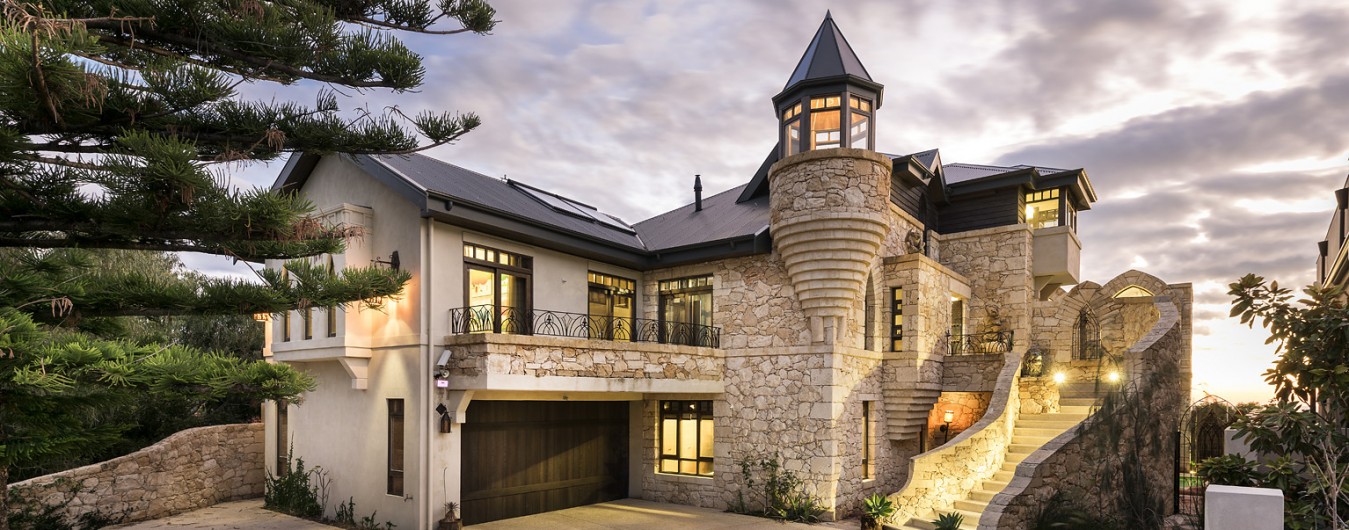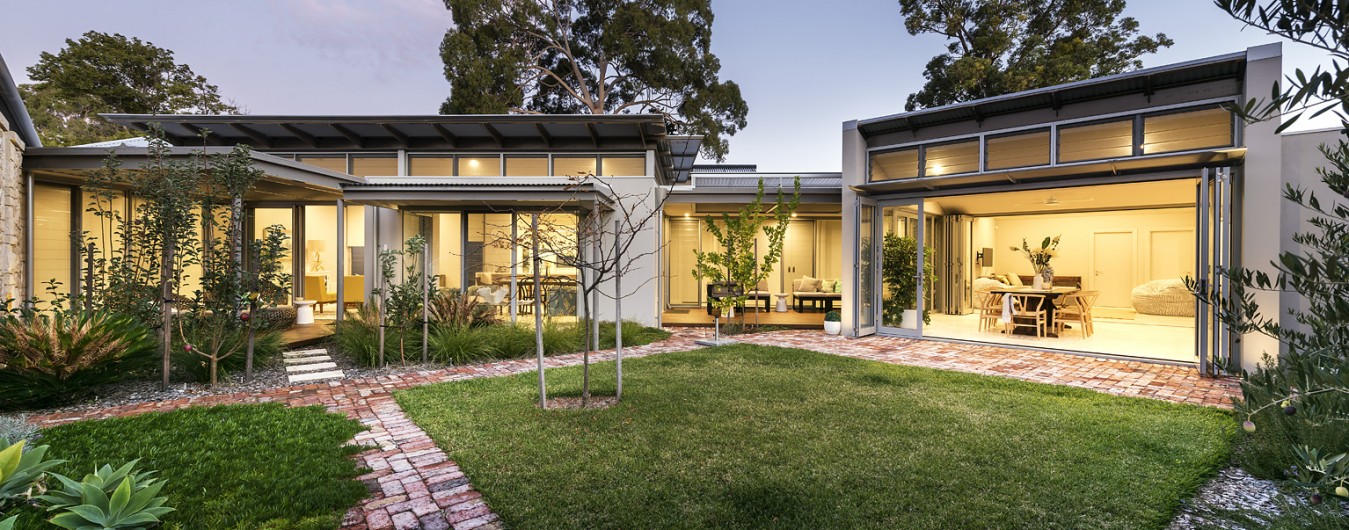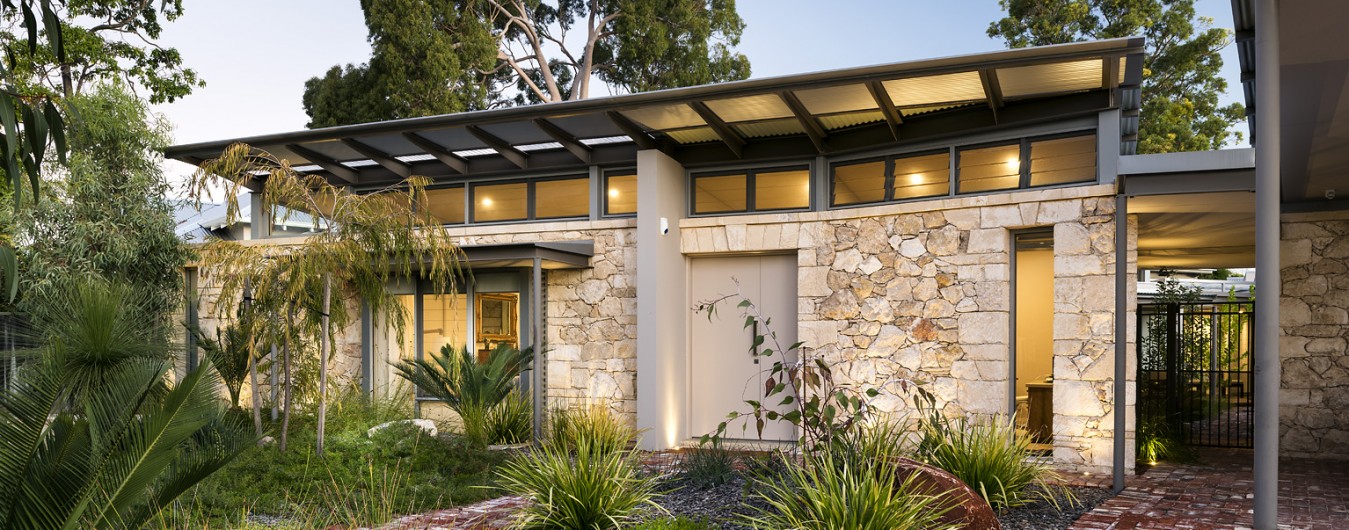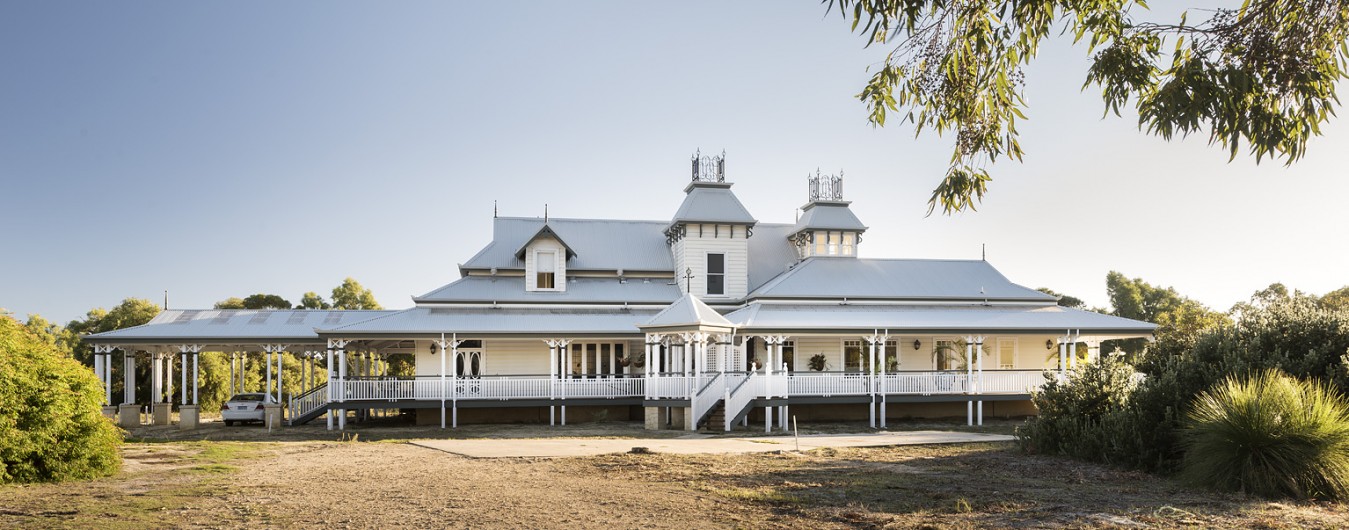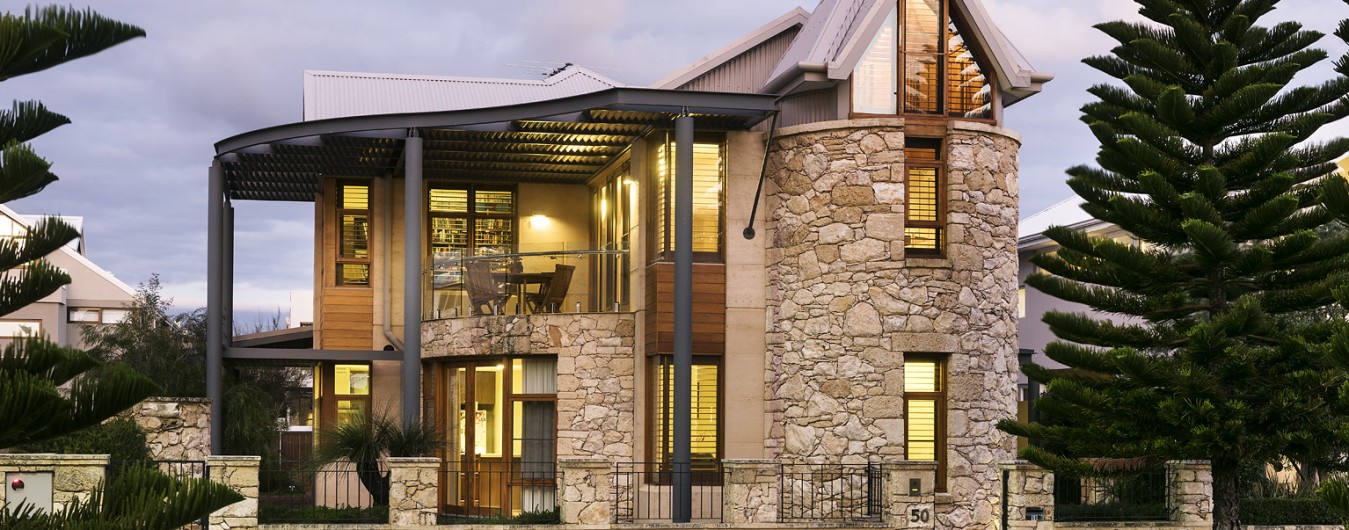Solar Energy Directory – Get Solar Campaign
Get Solar Energy
A solar energy directory listing from ‘Get Solar’ helps the public choose solar energy products and services with confidence – this is the basis of the ‘Get Solar’ message. We know that changing government policies and shifting compliance standards have created uncertainty for the solar energy markets.
We will offer more certainty to the public and the consumer by joining together to present a united message of quality and reliable information on solar energy products and services via the solar energy directory.
To list your products and services please go to Get Solar Solar Energy Directory.
AuSES Promotes Solar Energy Industry
The CEO of Australian Solar Energy Society (‘AuSES’), John Grimes has been representing our immense collective technical knowledge and corporate base within the organization at a political level. We in the solar energy industry must support these efforts for the well-being of the public, our environment and our industry.
Get Solar Promotes Solar Energy Growth
The ‘Get Solar’ campaign which aims to increase the use of solar energy and stimulate growth opportunities for solar energy industry companies, recognises that AuSES is a solid cornerstone of solar energy promotion and awareness, but we also recognise that it cannot do everything. By developing the ‘Get Solar’ solar energy directory we are creating a new industry collaborative effort.
Solar Energy Companies Can Collaborate
Apart from individual lobbying and marketing enterprise, solar industries can collaborate effectively with a common commercial focus in the market place. Today we need industry collaboration more than ever. Offering comprehensive information in a single solar energy directory will help focus our message.
Solar Industry Needs Reliable Markets
While AuSES carries out its important functions at the junction of industry, academia and government regulation, more is needed to help the solar industry and associated professions to develop stronger and more reliable markets.
Solar Energy Directory Offers Confidence to the Public
The ‘Get Solar’ Campaign directory is now alive: Go to our Get Solar solar energy directory and enter your details. We need your involvement and the participation of all sectors of the solar energy industry and associated professions in this solar energy directory.
The general public must approach the purchase of solar energy products and services with confidence in our quality and professionalism, hence the ‘Get Solar’ campaign. The campaign promotes solar energy companies as well as associated services to the public, in a manner where they can trust the quality and services offered in the solar energy directory and be able to make informed choices. Having the endorsement of peak industry bodies to your listing offers extra confidence.
List Your Solar Energy Business
List your business details in the Get Solar solar energy directory. The categories of listings are flexible at this stage and the administrator of the ‘Get Solar’ directory will consider increasing the list of categories if requested.
Free Listings in the Get Solar Directory
Currently listings are free even for premium accounts. It only takes the investment of time and effort by your sales and marketing people to add your company details and contact points.
Go to ‘Get Solar’ solar energy directory to create your listing today.
AuSES Support
Companies listed in the AuSES database will be contacted by AuSES administration to explain the opportunity to include their business in the ‘Get Solar’ solar energy directory and they will provide endorsement of this important initiative. With strong ties and allegiances to peak organizations such as AuSES, we believe that the ‘Get Solar’ campaign can complement the focus that AuSES provides and offer confidence to the public and consumer.
Solar Energy Directory Offers Customer Confidence
Creation of a new synergy will help consumers, industrial, commercial, and institutional entities to have the confidence to commit to solar energy systems and strategies.
With AuSES endorsement you can’t afford not to be in this solar energy directory, so take action today and join the effort to tell the public GET SOLAR, and know where to go to get it…
in the Solar Energy Directory



